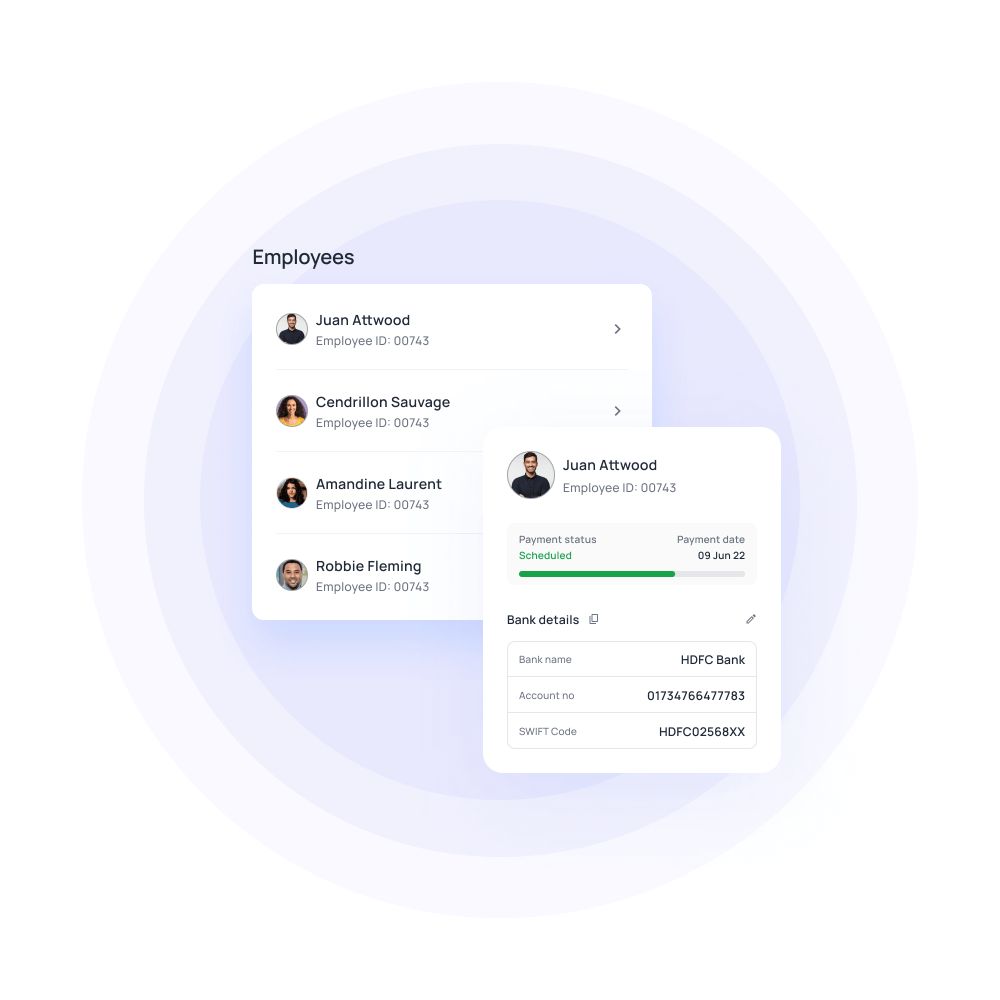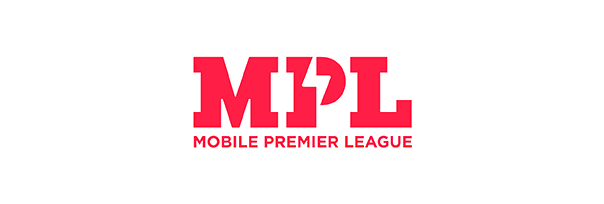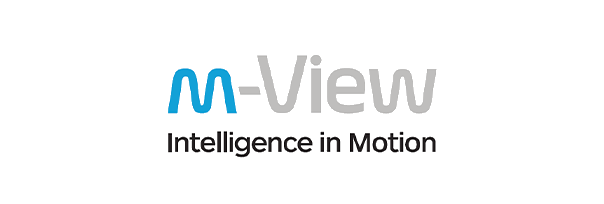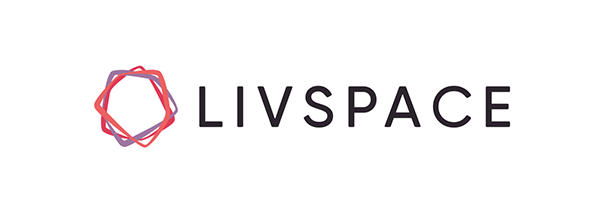Simplify your employee expense reimbursement process
It’s not uncommon to see employees spending money out of their pocket for expenses that concern their company. It can be a phone bill, business travel expenses, or office stationery supplies. After spending, employees submit the respective statements to the finance department to claim and get reimbursed.
Employee expense managment, particularly claims and reimbursements, as they call them, are cumbersome procedures that involve employees, accounting and finance team or both, multiple levels of approvals, complex decision making, and last but not least, money payback.
So far, the employee expense claims process has been handled entirely manually or half manual and half automated. No matter, there is more room for improvement in how it works.
Manual employee expense claim process
In a typical office setup, this is how a staff claim is getting registered and processed. Companies are bound to reimburse their employees for services like healthcare, skills upgrade, business travels, team lunches, recreational events, mileage reimbursements, and many more. Every company has a policy for this (what can be claimed and what not, how much, and other clauses) and has a method of doing it as well.
As a rule, this is what happens between an out-of-pocket expense and getting reimbursed. They have collected every receipt meticulously, and upon return, they instantly file an expense report along with copies of receipts to the finance department. Most companies have strict policies, and they carefully scrutinize every receipt to estimate the maximum they can pay back to the employee.

Benefits of digital employee expense reimbursement
Visibility and transparency
Having a single place where you can manage your employee expense claim process is a delight. You can pull up any records from the past and sort them based on any order you want. Having access to data at your fingertips is only going to make your work speedy and productive.
Errorless and stringent
Manual processing can have both wrong sanctions and missed and unprocessed receipts. But, when you have expense automation software, you get the ability to set custom rules to identify and categorize requests. This way, your employees will be happy, and you will not pay for something you haven’t declared yet.
Happier employees
Safeguarding bills, filling out lengthy manual forms, calling and talking to accounts teams can give employees a hard time and reduce their focus on work. On the other hand, they feel valued and unique when they can upload their bills anytime, send their claims, and get the money back anytime.
Faster and simpler
We have already seen how dragged out the manual reimbursement process is. As everything happens online and in a single system, uploading, processing, and approving will be a piece of cake. Employees can submit their requests on the go. Regardless of the number of requests the finance team receives, they can finish quickly and move to the next.
Compliance
Having a secured application that manages your data sounds better than manual file management, as it mitigates financial risks better than other modes. And categorizing the expenses and getting them ready for audit trials, your software does that for you! Maintain strict compliance when it comes to adhering to T&E policies with the help of a streamlined reimbursement system.
Streamline your employee out of pocket expenses
Factors to consider while choosing expense management system
What is the size of your organization?
Though automated software can handle multiple requests at the same time, it is essential to consider the scalability of the software. Make sure to see if the expense claims software you choose will support a maximum number of requests without hindering its functionality.
How many people in the organization file expense reports?
How many departments and how many employees are entitled to file expense reports? On average, how many expense reimbursements requests does your team process. Have a clear-cut answer to the above questions.
How often do they submit expenses?
Frequency of staff claims changes based on your industry, business model, policies, and employee structure. Ensure that your accounting team is aware of the regularity of the employee claims.
How are they currently submitting expenses?
What is the current process your company follows? How are the employees submitting the claims and bills? What is the level of approval, and what are the expenses that get rejected?
How often do the employees travel on business?
Business travel frequency is subjective as it depends on the type of business and industry. But based on the previous employee expense claims, your team will be able to figure out the number of times their employees travel.
Who needs to approve claims?
What are the levels of approvals, and which team or member is responsible for approving them? What expenses need to be endorsed, and what is directly approved/rejected? Any replacement for approvers if they are not available.
How fast should the claims be approved?
Do you want them processed by the end of the month so that the reimbursement can go along with salary, or do you want instant approval and processing? What is the timeline accepted according to your company standards?
What features to look for in expense reimbursement software?
Mobile app availability
Employees take digital copies of receipts using their phones. If there is a mobile app for your expense reimbursement software, they can submit a claim request right there. It saves time, especially when they are traveling and constantly on the go.
Automated workflows
Every company has a different workflow when it comes to processing a claim request. No matter how complex it is, you should be able to update that into the system. That’s how you make the reimbursement process simple, quick, and automated.
Integrations
The ability to integrate with other accounting software is a plus. At the end of the day, if you are still manually updating the records of your expense automation system into other bookkeeping software, then there is nothing automatic about it.
Insightful analytics
An expense automation system is not just to digitize the staff claim process. It’s also there to provide you with valuable insights and what’s foreseen in the future. The right software will be capable of generating insights and analytics on or before time on most and least expensive employee spending categories.
Intuitive dashboard
A clear, organized dashboard with suitable options in the right places is what you need in your ideal expense claim process software. Too many choices, bright colors, and unclickable and unexpandable menu can spoil it quickly.
Drag and drop interface
Drag and drop is probably the most compelling feature any application can hold. It makes uploading receipts easy breezy. It saves loads of time while applying for expense reimbursement and approaching it later.
Cost and value
It isn't worth it if you don’t get value for money. See if the product is worth the features and benefits you get from that. Check comparison tables of different software available in the market and determine what makes a great buy.
Support
Applications are allowed to have downtime and glitches. But not at the cost of affecting your business productivity. Having round-the-clock support is requisite for having an expense automation system that wouldn’t impact your business continuity.
Automate your employee expense reimbursement with Volopay
Volopay’s expense management software accommodates employee expense reimbursement software too. Volopay has a centralized dashboard, where the admin can see the pending and approved claim requests. You can set rules for approvals, redirect reimbursement requests, and instantly pay your employees back.
Volopay’s employee expense system is convenient for employees and accounting team members. Volopay understands that every company has its reimbursement policies. So, there are categories and pre-approval rules that you can set. This strict assessment makes only the valid claim request pass through and reaches the approver.
It is so transparent that anyone can check the status of their claim anytime. If you use other accounting software, you should know that you can automatically integrate Volopay’s expense automation with your others.
No more inappropriate expense claims or wrong payments, as you can clearly set rules and workflows for an automatic pre-approval when someone submits a request. Volopay makes your accounting simpler, precise, and better with ingenious features and innovative automation.
FAQs
Whether it’s an automated or out-of-pocket expense, if you have a receipt and if your company allows you to have reimbursement for that, then you can submit a staff claim and get your money back.
There are cases where you will not be handed over a receipt. But the request should be acceptable as per your company’s policy, and you should have some proof to back it up, let’s say a bank statement. Again, this totally depends on your company’s regulations.
Reimbursement money is generally the amount a company owns its employees for the expenses that it should have incurred on its own. So, it doesn’t count as pay and is not subjected to taxation, even though it comes with a paycheck.
The employee collects the bills and receipts needed to submit requests for expense reimbursement. They add pictures of the bill, select the category and submit it. If pre-approved, it goes to the primary and, later, a secondary approver. Once approved, money gets added to their account.








Trusted by finance teams at startups to enterprises.